Southern Plains Climate Hub Newsletter - Winter 2023


Climate change in the United States: Latest Assessment

On November 14, 2023, the U.S. Global Change Research Program released the Fifth National Climate Assessment (NCA5). The report consists of 32 chapters and the NCA Atlas, an interactive tool that allows users to explore localized climate projections. The NCA5 chapters cover climate physical science, national topics, ten regional reports, and responses to current and future climate trends. The report also includes a number of useful glossaries.
Chapter 11 (Agriculture, Food Systems and Rural Communities) and Chapter 26 (Southern Plains Region) contain information that is highly relevant to the Southern Great Plains region.
USDA rele ases an updated Plant Hardiness Zone Map (PHZM)
ases an updated Plant Hardiness Zone Map (PHZM)
On November 15, USDA released a new version of its PHZM jointly developed by USDA’s Ag Research Service and Oregon State University. Like the earlier 2012 version of the PHZM, the 2023 web version offers a Geographic Information System (GIS)-based interactive format and is specifically designed to be user-friendly. The 2023 map incorporates data from 13,412 weather stations compared to the 7,983 that were used for the 2012 map.
An interactive PHZM map can be accessed at: https://planthardiness.ars.usda.gov/
Plant Hardiness Zone boundaries in the US are expected to migrate north with future shifts in climate as predicted under SSP 5-8.5 modeling scenarios (see Chapter 11 NCA5 link above for more details).
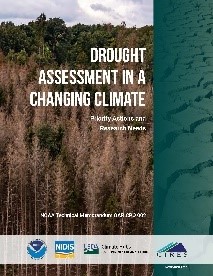 Assessing drought in a changing climate: A technical workshop report
Assessing drought in a changing climate: A technical workshop report
Current methods for assessing drought conditions do not consistently and deliberately consider drought in the context of climate change. What research is needed to produce drought indicators that account for climate change? And what resources are available to support their development and integration into the current suite of indicators?
These and other questions were addressed during a technical workshop held in Boulder, Colorado, on Feb. 28 – March 1, 2023, that gathered scientists and practitioners from federal, tribal, state, and local agencies as well as academic institutions. The workshop report was recently published and can be accessed at: https://www.drought.gov/drought-in-action/drought-assessment-changing-climate-report
Opportunities for Involvement
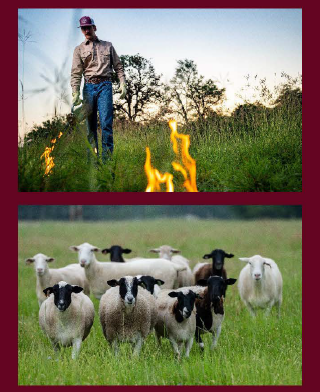 Climate-Smart Practices for Sustaining Great Plains Rangelands
Climate-Smart Practices for Sustaining Great Plains Rangelands
This project is an integrated extension and education effort designed to promote adoption and public understanding of climate smart practices, such as pyric-herbivory and multi-species grazing, for increasing resilience to climate change and sustaining the Great Plains rangelands.We are recruiting two cohorts of educators and natural resource professionals as agents of change. The objective of the agents of change is to increase climate awareness and to promote adoption and public support of climate-smart agricultural practices in the Great Plains rangelands. Participants will develop, implement, and disseminate high-impact education and outreach resources and programming. Applications will be accepted until January 22, 2024. To learn more please visit: https://www.climatehubs.usda.gov/content/texas-am-agrilife-climate-hub-partnership
 Climate Analogs Academy
Climate Analogs Academy
This project uses climate analogs – locations whose current climate is similar to a target location’s future climate – as a convening tool to facilitate dialog amongst current and future Extension professionals from paired locations across Climate Hub regions regarding concrete, actionable information for specialty crop climate adaptation.
The Climate Analogs Academy aims to empower US Extension professionals to lead regional climate change adaptation in specialty crops. To learn more about learning opportunities through this project please visit: https://csanr.wsu.edu/climate-analogs-academy/
Upcoming Events
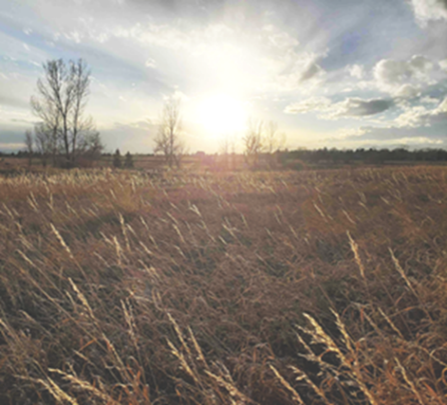 Using Climate Data to Achieve Your Natural Resource Objectives
Using Climate Data to Achieve Your Natural Resource Objectives
Thursday, February 8, 2024: 8 am - 12 pm,
Hilton Garden Inn & Manhattan Conference Center, 410 South 3rd Street, Manhattan, Kansas, 66502
The North Central Climate Adaptation Science Center and the USDA Southern Plains Climate Hub will provide an introduction to climate data tools and training on their application to inform resource management at the Kansas Natural Resources Conference.
Registration Information: This workshop is limited to 30 participants; pre-registration is required. Registration fee for the workshop is $20. Scholarships are available as needed to help cover the cost of travel and the workshop registration fee; please contact christine.hesed@colorado.edu.
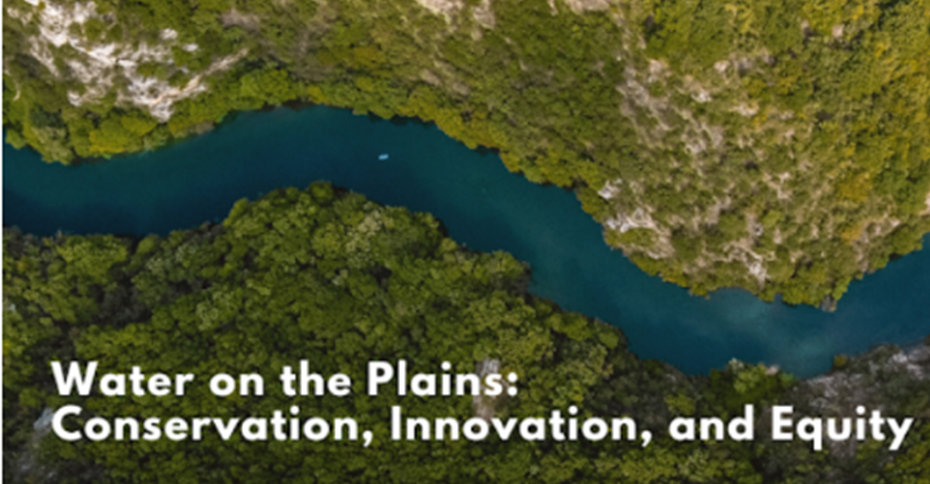 2024 Kansas Natural Resources Conference
2024 Kansas Natural Resources Conference
February 8-9, 2024, Manhattan Conference Center, 410 South 3rd Street, Manhattan, Kansas, 66502
Registration is now open for the 17th Annual Kansas Natural Resources Conference. Please visit the conference web site for registration details and conference agenda.
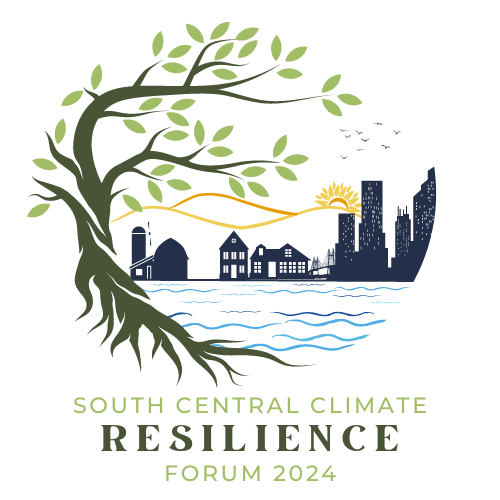
The South Central Climate Resilience Forum (SCCRF) will be an in-person 3-day event focused on fostering meaningful dialogue and action on equitable climate resilience and adaptation across the region. The program will include presentations and sessions on resources, research, tools, knowledge, and experiences related to climate resilience. The Forum will be held in person in order for communities, practitioners, and researchers to form deeper connections and learn from each other.
To learn more visit www.sccrf.org
Early bird SCCRF Registration Page is open now!
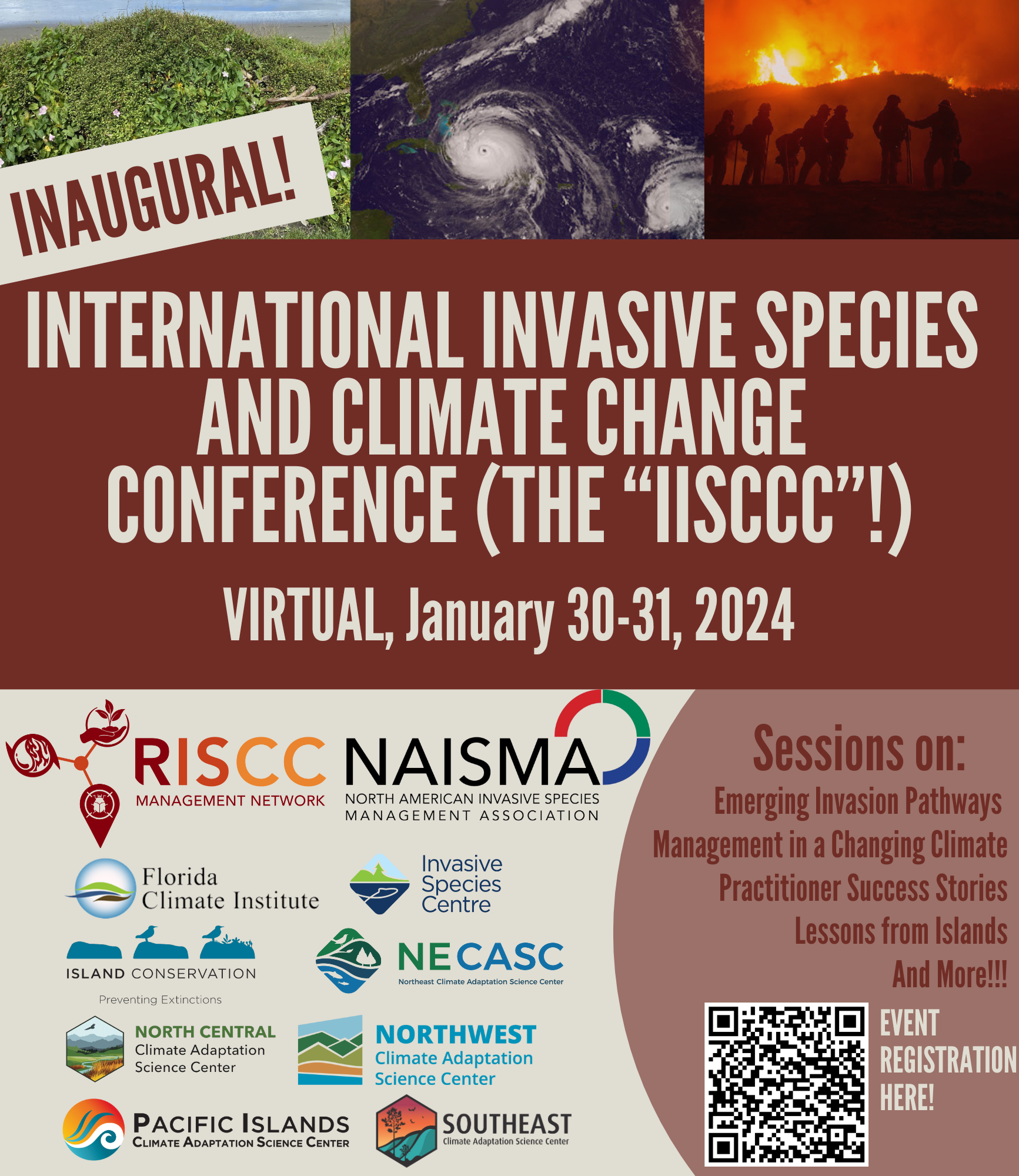 Please join us for the INAUGURAL International Invasive Species and Climate Change Conference (IISCCC) on January 30 and 31, 2024. Registration is free but please sign up as soon as possible as we expect very large attendance:
Please join us for the INAUGURAL International Invasive Species and Climate Change Conference (IISCCC) on January 30 and 31, 2024. Registration is free but please sign up as soon as possible as we expect very large attendance:
International Invasive Species and Climate Change Conference
This conference is VIRTUAL allowing for more international attendance while reducing our carbon footprint. Because biological invasions and climate change are global issues that know no boundaries, the IISCCC strives to create space to share research and management practices, expand networks, and promote translational experiences.

